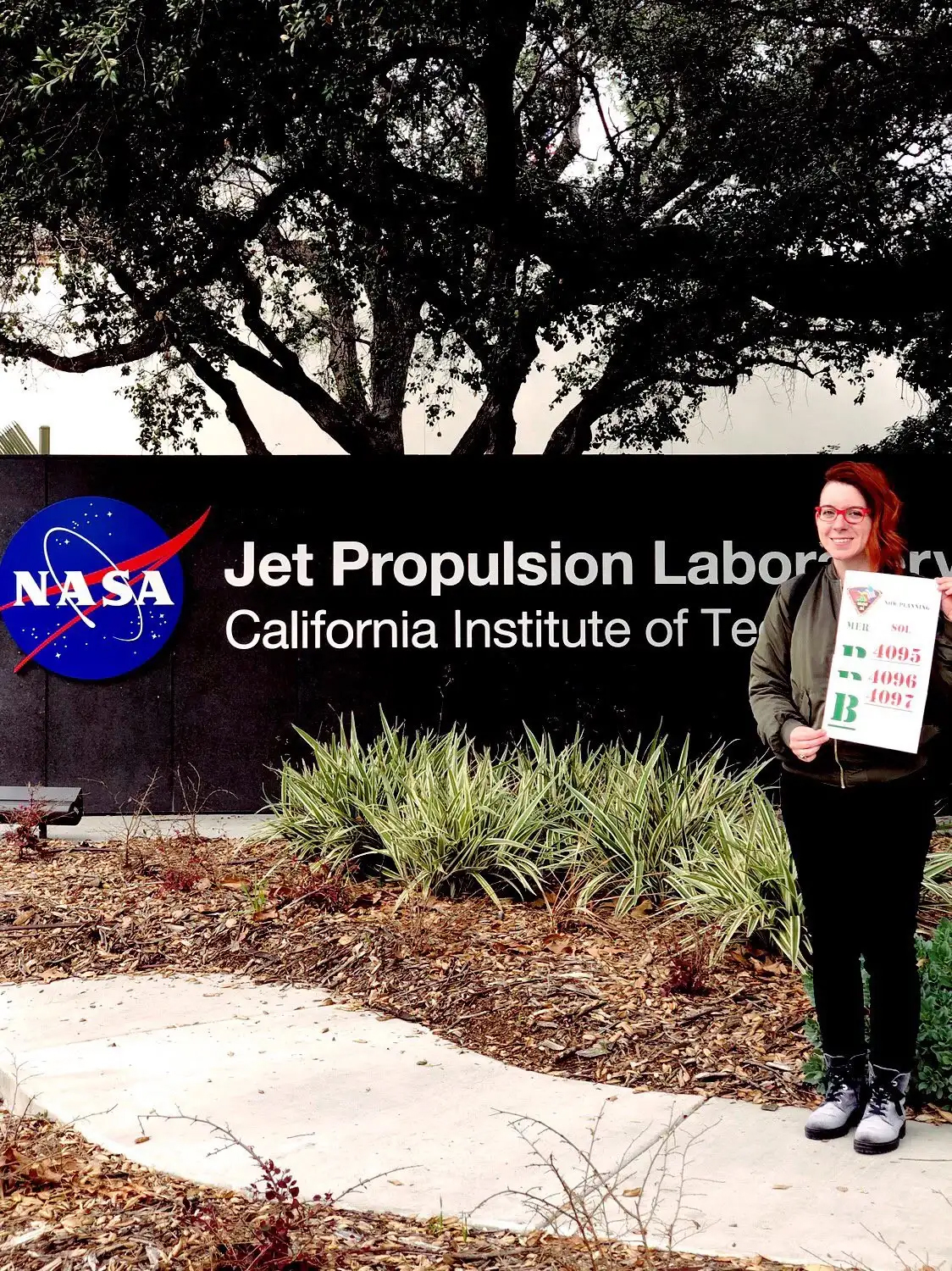Pop star Katy Perry and five other women safely returned to Earth after reaching space aboard Jeff Bezos’s Blue Origin rocket.
The singer was joined by Bezos’s fiancée Lauren Sánchez and CBS presenter Gayle King, who said a highlight of the flight was hearing Perry sing Louis Armstrong’s “What a Wonderful World”.
After landing back on Earth, Perry said she felt “super connected to life” and “so connected to love”.
The flight lasted around 11 minutes and took the six women more than 100km (62 miles) above Earth, crossing the internationally recognised boundary of space and giving them a few moments of weightlessness.
[…]
Dr Tanya Harrison, from the Outer Space Institute experts network said: “A lot of the comments that I saw on social media were things about, ‘Oh, it’s like the Real Housewives go to Mars’ or ‘It’s the oligarchy in space, read the room, the timing is terrible.'”
But: “There were a lot of positive takes as well. People were like, ‘Oh, this is so cool. Katy Perry is going to space.'”
Dr Harrison, who had previously worked on Nasa missions to Mars said: “The cynical part of me wants to call it a marketing stunt. This is a company promoting the fact they can launch tourists into space.”
However she noted the all-women team might “change the demographics a little bit of who might want to do something like this.”
Read more: Blue Origin Crew Safely Back on Earth After All-Female Space Flight by Maddie Malloy and Victoria Gill

